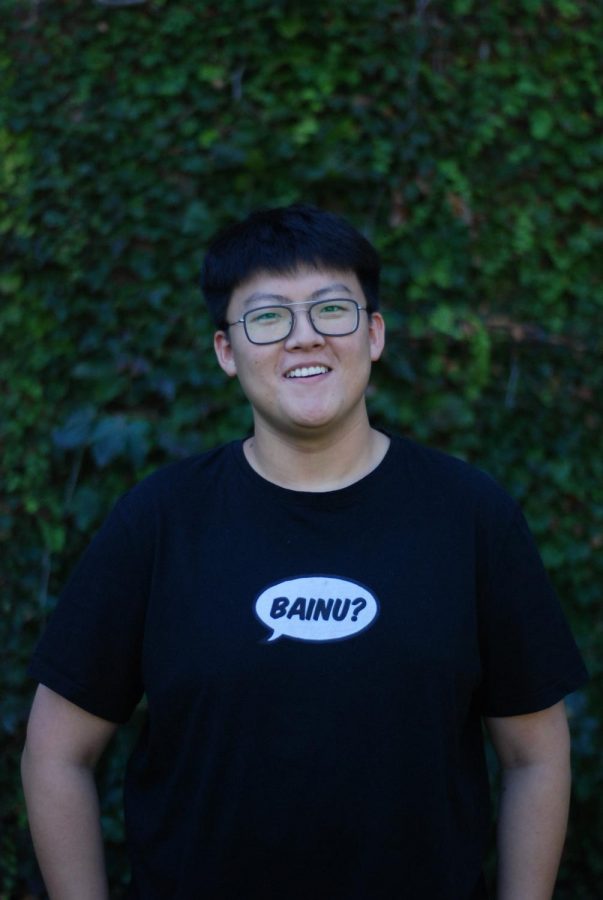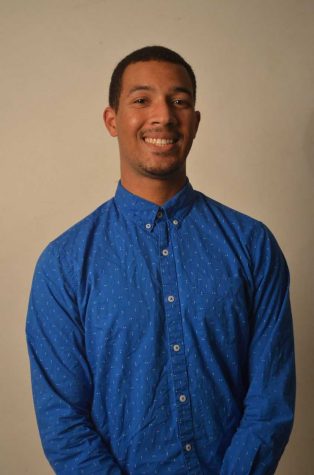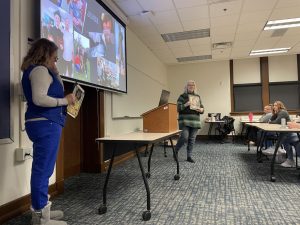Resilience through international education
International student shows resilience: A profile of Tianyuan Bai
Senior Business and Administration major Tianyuan Bai was nominated by the Resilience Council to bring an international perspective to the university theme.
September 12, 2018
With a new school year in progress at Winona State University, there are several international students receiving high recognition for their contribution and educational antics within different programs provided by campus. The international students are recognized by the resilience panel, a student- and faculty-lead organization that works with both the Liberal Arts and Business Departments.
Katie Subra, the director of the English Language Programs, has worked closely with members of the resilience panel since fall 2017. While Subra has also worked as an English as a Second Language instructor from 2010-2017, she spends a majority of her time assisting the panel.
“Our mission statement is to foster global engagement and fluency across campus that affects international students and domestic students, traveling abroad, students coming here, we are trying to globalize campus,” Subra said.
At the beginning of each school year, the Integrated Wellness Complex (IWC) implements an ongoing theme for students and faculty in hopes that a greater sense of community and cohesive thinking is established on campus. While Subra focuses on collaborating with different departments, her coworker, Kate Noelke builds community between different student and faculty groups.
“Kate Noelke, the director of integrated wellness, invited staff across campus to come and get involved to serve on this committee and find ways to infiltrate all of what we do with the theme,” Subra said. “Resilience is an easy one, especially with education, our students have to be resilient in order to succeed here.”
During the 2018-2019 school year, the resilience panel wants to include international students in presenting the theme of resilience to American students on campus. Subra believes the idea of recognizing international students at Winona State plays a crucial role in understanding the theme of resilience.
“The things international students have to overcome not only include getting to the U.S., but adapting to new culture, learning the language and figuring out how to behave in a classroom, which is a different atmosphere than they are used to,” Subra said.
As of last week, the resilience panel nominated international student Tianyuan Bai, for his efforts in presenting resilience on campus.
Bai is a senior at Winona State studying business administration and human resources.
Although Bai has lived in his home-country of Mongolia for a majority of his life, he describes his experience in America as a pleasant one so far.
“It was kind of hard at first when I arrived at Winona State. I don’t speak English back in my hometown. But I did learn a lot through these three years. So, it’s pretty good experiences for me. The learning style is pretty different than China,” Bai said.
In his three years at Winona State, Bai has involved himself with the duties as an International Student Ambassador, he has established connections with several friends and he has experienced several activities on campus.
As an International Student Ambassador, Bai oversees the strategies needed in helping Winona State students understand cultural differences on campus and in the Winona community.
Aside from the work ethic Bai exhibits, the resilience panel recognized Bai for his personality.
“After you learn more about him, you realize that while this is a man who is doing a lot and has a lot of things that could make him boastful, he actually has the opposite personality. He is very humble and very grateful for any opportunity he gets,” Subra said.
The resilience panel’s intention for recognizing Bai goes beyond identifying an international student’s level of success on campus.
“The resilience panel, by nature, connects people,” Subra said.
With the theme of resilience, student leaders within the resilience panel have started collaborating on a vision for creating a color logo for the theme of resilience. The collaboration efforts on the vision began last year.
“They designed it to look like a lava lamp because the lava lamps are growing and shrinking, reflecting the idea of resilience; how an individual bends and moves to things that are happening in their life,” Subra said.



































